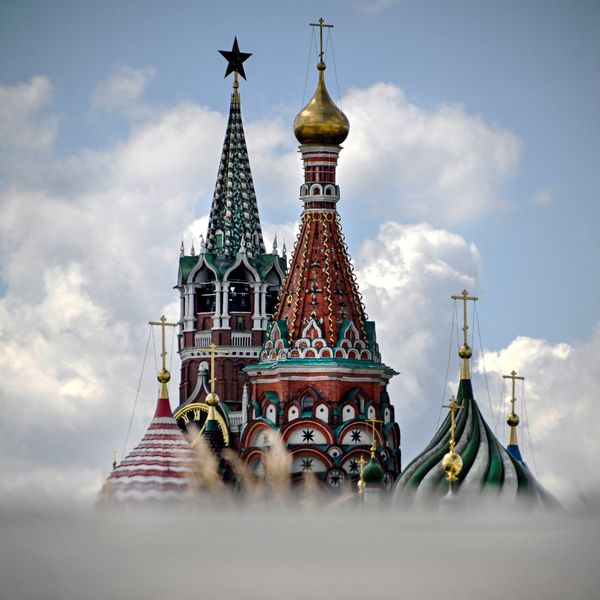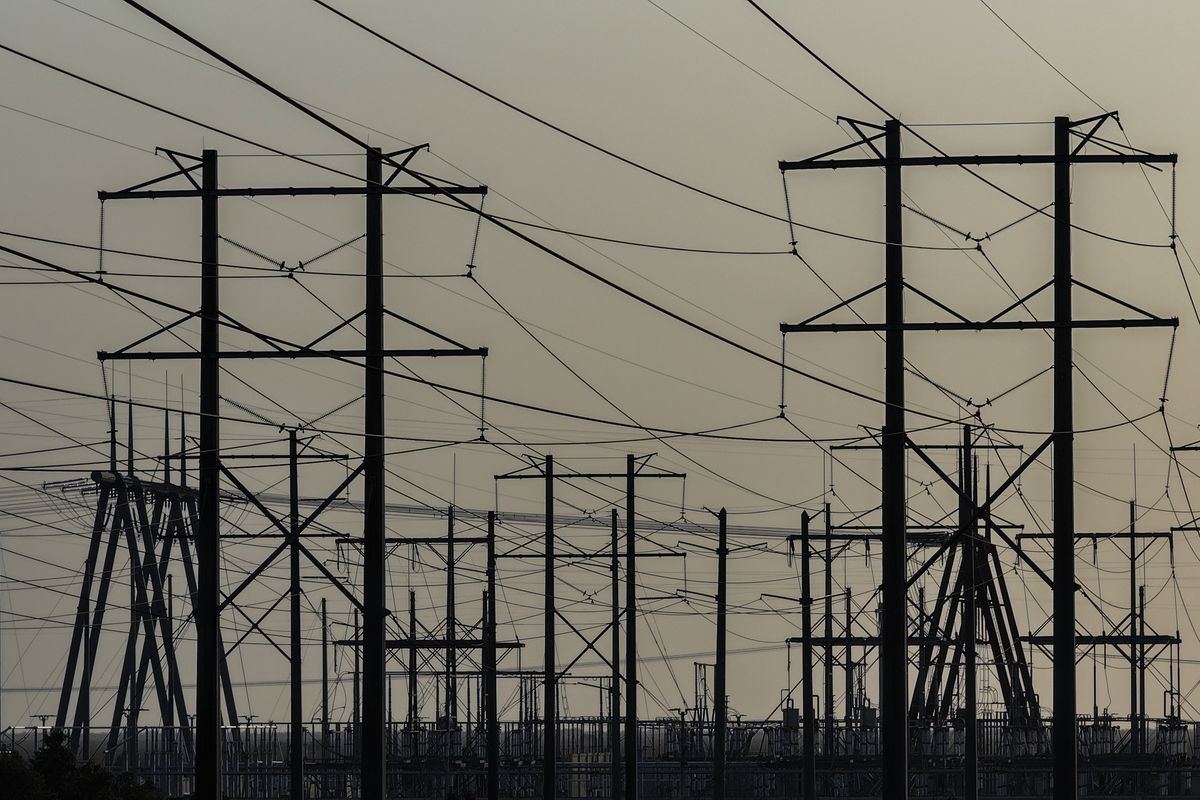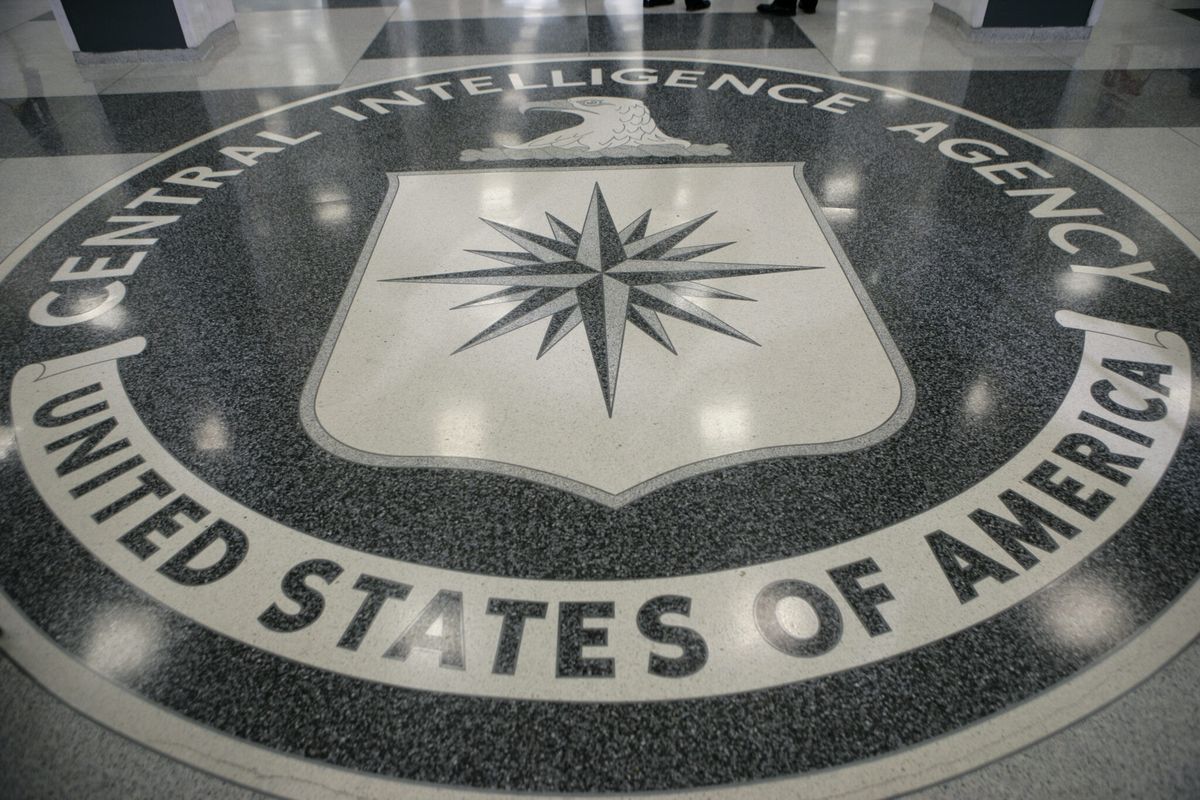OPINION — One of the best things about being a retired CIA ops officer is now that people know I was a “spy,” I am often asked what is the best spy movie? It’s a great but difficult question as the quality of the film rarely correlates to its verisimilitude with real espionage.
I love the Mission Impossible films, but they are about as reflective of life in the clandestine service as Hogwarts is to boarding school. Yet, I understand the spirit of the question and do my best. Often what the person really wants to know is "what movie is the most realistic?" There are several good answers to this because times change and the CIA changes with them, (just slower and not always for the better) but taken as a given that the Cold War was the golden age of “espionage,” when tradecraft and counterintelligence mattered most (I tolerate no debate on this), I almost always recommend the 2006 film The Good Shepherd.
The Good Shepherd is a good film for a general audience and a great film for spies and those who love (or loathe) them. Directed by Robert De Niro and starring Matt Damon, the movie falls short of overall greatness under the weight of its ambitions, complicating story with history when it doesn’t need to, but it delivers tradecraft, mindset and minutiae at a level that few films have ever attempted let alone, achieved.
Star-studded almost to distraction and beginning with the formation of the OSS and running through the Bay of Pigs, The Good Shepherd charts a path through the duplicitous and byzantine world of U.S. and Soviet counterintelligence programs.
De Niro seems fully focused on creating an American response to John le Carre’s spy vs. spy and George Smiley vs. Karla storytelling. The Good Shepherd is Tinker, Tailor, Soldier, Spy by way of Hollywood, with lots of beautiful people with very straight teeth. Matt Damon’s character Edward Wilson is an American Smiley and there is a supporting cast of Angelina Jolie, Alec Baldwin, William Hurt, John Turturro, Billy Crudup, Timothy Hutton, and Joe Pesci. (Take that BBC.)
The film stumbles at moments from trying to fit the history of the CIA into a two-hour window, but Damon's dour "gray man" portrayal of a counterintelligence officer, the film's careful pacing, and a remarkable use of light and shadows well capture the moral and operational ambiguity that sit at the center of espionage and define its tradecraft.
Tradecraft is the soul of The Good Shepherd and it’s here the movie shines. It’s good on the nitty-gritty of street tradecraft and it’s fantastic in building the atmosphere around espionage operations. The film reveals the vital role of how things like daily routines play into tradecraft and how the smallest detail can have profound national security implications.
Like Edward Wilson, I have sat on that bench and been on that bus, and The Good Shepherd is among the best at revealing the fine line between adrenaline and stress and the precipice between success and compromise that CIA officers experience every day, and how difficult it can be to know if you are winning or losing.
Viewers will see tradecraft in many of its most beautiful forms: counter surveillance, personal and impersonal signals, verbal paroles, cryptography, brief encounters, caches, cold pitches, counter pitches, imagery analysis, and water-soluble paper all delivered in the understated, precise and planned way that are the hallmark of real operations and counterintelligence in particular.
Cipher Brief Subscriber+Members enjoy unlimited access to Cipher Brief content, including analysis with experts, private virtual briefings with experts, the M-F Open Source Report and the weekly Dead Drop - an insider look at the latest gossip in the national security space. It pays to be a Subscriber+Member. Upgrade your access today.
It risks spoilers to share too much detail on some of the tradecraft used in the film as ops acts often advance the story and shift scenes, but part of the success of the film is that the tradecraft works in service to broader true- to-life aspects of espionage.
Walk-ins, or volunteers, and how an intel service vets them and uses them, is probably the pinnacle of human intelligence operations and The Good Shepherd aims high in this regard. De Niro uses fictionalized versions of real volunteer cases, much as Edward Wilson is based on James Jesus Angleton, but the portrayal of the counterintelligence complexity and consequences of volunteers (or provocations?) is excellent and to a degree, is the centerpiece of the film.
Virtually all of the most important publicly known human assets in history, for both the U.S. and the Soviets/Russians, were volunteers, and the movie leaves no doubt as to the staggering significance of vetting a volunteer and their information. Many a real-life CIA officer’s career has risen or fallen according to how they handled a volunteer and no other film to my knowledge, highlights this reality as well as The Good Shepherd.
Similarly, in multiple scenes, Damon’s character works with CIA imagery analysts to decipher a grainy photo and muffled recording. It’s a rare and extended study of the work these professionals do and of the significant role they have played for the CIA since its creation. The technology shown is reflective of the time period, but in the 1960s just as now, the ability of imagery analysts to find detail in a murky photo (or satellite image) is breathtaking and the value, immeasurable.
I also appreciate the film’s portrayal of our MI6 partners as the third leg of the stool in the Great Game of espionage with the Soviets during the Cold War. The WWII partnership that De Niro describes is broadly accurate and the state of that cooperation remained true throughout my career. Some of the film’s best beats are when Edward Wilson is being mentored by a senior MI6 officer in London, played wonderfully by a pre-Dumbledore Michael Gambon, and the film doesn’t shy away from the real complexity of liaison service cooperation and the risk and rewards involved for the CIA.
Hats carry a lot of weight in this film, and I am sorry I missed this stylish generation of tradecraft (especially as a bald guy). Hats gave way to backpacks, much the way church pew and foggy bridge meetings gave way to target bumps at Starbucks. You could do worse than pay yourself a dollar every time you see a hat used operationally in the movie. This will make more sense when you watch the film.
While De Niro has made a CIA movie, he kept it real enough to highlight that you can’t do counterintelligence without the FBI. With much love for my old colleagues at the Bureau, the FBI tradecraft portrayed by Alec Baldwin’s character to make sure he has a young Wilson’s attention is absolutely in the FBI playbook. Baldwin is fantastic in the role, showing how the FBI and its special agents also walked a Cold War tightrope between right and wrong in the name of service. I also appreciate that the film offered an example of trust and cooperation between a CIA officer and a special agent, rather than another tired version of the overused half-baked notion that CIA officers and FBI agents don’t like each other.
A not-so-secret message for Subscriber+Members only: Are you up-to-date on the latest gossip from the world of national security? This week's Dead Drop is ready for pick-up.
There is a lot of symbolic activity in the film, where a thing is more than a thing or a signal of something else, and it can be a lot to unpack in one viewing. I love impersonal signals (think flowerpot on the window ledge) more than anyone, and there are a lot of them in the film. Most are done very well. A large part of that is because it is subtle. If it’s obvious, it’s not a good signal - and to De Niro’s credit, he rarely highlights the tradecraft. It’s discreet and subtle, just as with real tradecraft done well. A good signal is seen only by the person it’s intended for; anyone beyond that is a problem.
There will be ops acts taking place on screen that I promise you will not notice in real time on a first viewing. I missed several and I did this stuff for a lot of years. This is part of the appeal of this film for espionage buffs and what sets The Good Shepherd apart from many other excellent espionage films.
So enough said, if you like ops, watch The Good Shepherd. I offer below my own “ops plan” to get you started:
- Primary viewing window: gray Sunday afternoon. Alone. No phones.
- Alternate viewing window: Late evening. No lights. No phones, with only your handler.
- Beverage: Scotch, neat. (Just like De Niro’s character.)
- Snacks: Cigarettes or Cigar
- Subtitles: Only on the second viewing, as you figure out what just happened
- Post-viewing Song: Wind of Change, The Scorpions (IYKYK);
- Post-viewing Book: Harlot’s Ghost, Norman Mailer (a magnificent mess of an espionage novel that covers the same events and fictionalized characters).
Mark Davidson spent more than two decades as a CIA operations officers, with multiple tours as a Chief of Station and Deputy Chief of Station OS in the most challenging counterintelligence environments. Mark is fascinated by the intersection of intelligence and espionage with literature, film and popular culture, and ‘Chalk Marks’ captures his observations on how these worlds come together and what it might mean for the popular understanding of the remarkable work done by intelligence professionals everywhere. Mark is currently the Director of Business Resilience & Intelligence and Executive Protection for the Starbucks Coffee Company in Seattle, WA.
Opinions expressed are those of the author and do not represent the views or opinions of The Cipher Brief.
Have a perspective to share based on your experience in the national security field? Send it to Editor@thecipherbrief.com for publication consideration.
Read more expert-driven national security insights, perspective and analysis in The Cipher Brief












